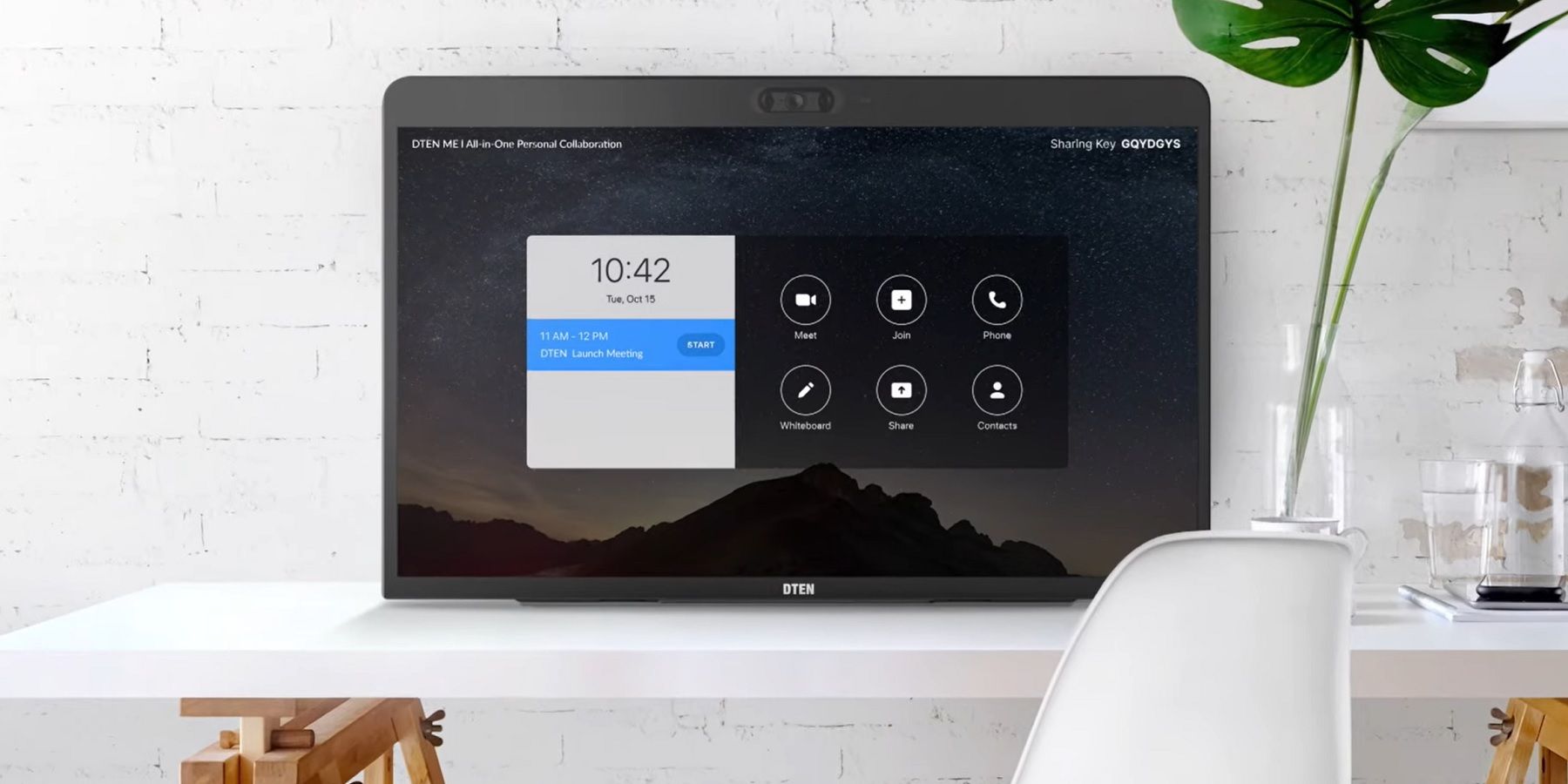Zoom is now branching out from software to hardware by releasing a standalone device that aims to tackle most work-from-home scenarios. Its upcoming all-in-one device is just the first of many with the new lineup now officially known as Zoom for Home. With the number of companies working remotely on the rise, so are the amount of Zoom users willing to pay to use the popular video-conferencing app.
The uptick of paid Zoom users, including the considerable profit margin that entails, is giving the company enough reason to expand its horizons. It makes even more sense for Zoom to come up with hassle-free, all-in-one solutions now more than ever, considering video-conferencing has become a vital component of business during the pandemic. Furthermore, the announcement of its new Zoom for Home lineup comes at a time when the company could use a diversion from its dubious mishap last month.
Via its blog, the company announced the new Zoom for Home – DTEN ME, the first device of its emerging lineup, made in collaboration with tech and communications company DTEN. The all-in-one online productivity device sports a 27-inch “ultra-responsive” touch screen display that can act as a second monitor. It comes with three built-in smart cameras, including an 8-microphone array that boasts crystal clear communication. Users will have access to oodles of online collaboration tools, such as enhanced white-boarding and co-annotation capabilities, remote management options and more. Zoom's work-from-home solution costs $599 and is expected to ship as early as next month.
Zoom Makes Work More Homely, But Is It For Everyone?
Making the device available to basic users shows that the company is taking a more inclusive approach to its hardware than it originally did with its software, following the company's reversal over end-to-end encryption. Of course, catering to all of its users opens Zoom for Home up to a wider market, and that's also good news for the company. Even if the device's capabilities don't exactly sound groundbreaking, it's still a readily-available solution for those looking to make online collaboration productive, without making the process feel more complicated than it should. Given its emphasis on a more simplified experience, it's clear that the main selling point of this device is its intuitiveness, rather than its ingenuity.
While the simplicity can provide less tech savvy users with a more seamless working experience, it could also act as a limitation to those hoping for more. It's uncertain if more features will be added through updates or if consumers will be getting a fixed product that's prone to becoming outdated fast. Of course, there's also the question of just how much support users will be receiving in Zoom's budding appliance emporium. Likewise, it will be interesting to see if Zoom continues catering to free users with its future device lineup, or if it decides to hide essential privacy and security benefits behind a paywall, like it tried to do in the past.
Source: Zoom


